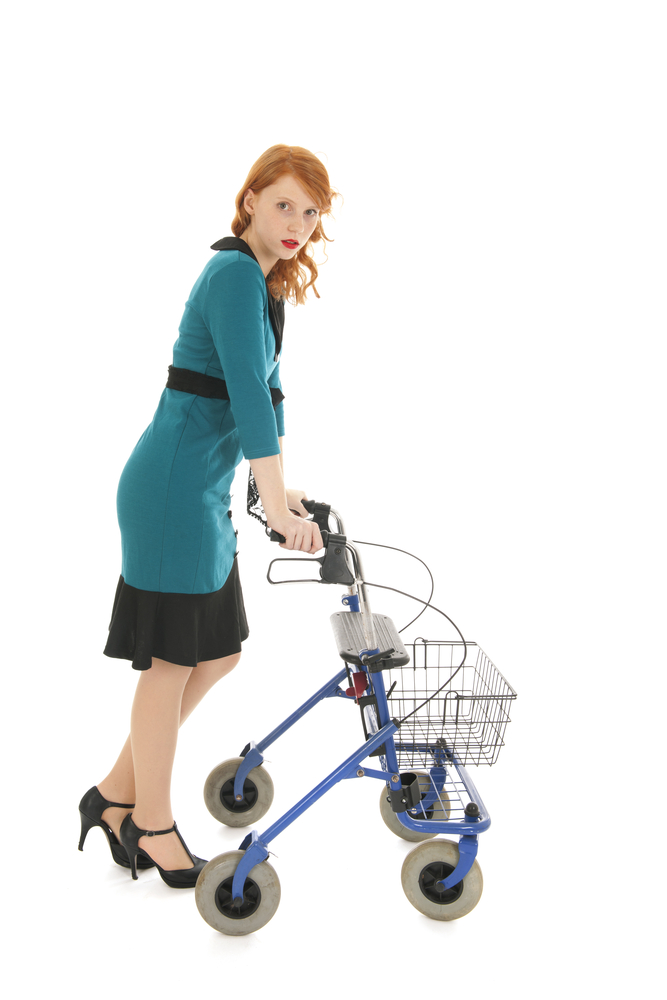How I Became Positive About Using My Walker Again

I have a confession. I used a walker since I was in pre-school until I was 10 years old, when I walked independently without it for a few years. Throughout this time, I remember feeling very embarrassed and ashamed of my walker. While feelings of embarrassment are normal for every child and every adult, feelings of shame, at least for me as a child, were difficult to process.
I’m nearly 22 now, and even though I’ve been lucky enough to walk primarily on my own more than most of the time, my recent struggles have caused me to reach for and embrace my walker. It’s a far cry from the shame I felt as a child.
As I write this I wonder if kids today feel shame about their devices. From what I’ve seen, they have some pretty neat and cool-designed walkers, wheelchairs, braces, etc. I had some of those options as a kid, but they were not nearly as nice as some of the ones I’ve seen in recent years, and they were definitely harder to get.
I will admit I did drag my feet when the mention of using my walker again was brought up during a physical therapy appointment, after I informed my physical therapist of two falls I had that week and the difficulty I was having walking outside on my own. I drug my feet, but I knew it was for the best and would help me until I got well again. The first thing I did when I went home was consider what I would need to function independently with my walker. I went to Pinterest, looking for accessories.
I bought a cup holder, clips for my purse or other bags I carry, a bag for the front of my walker that can double as a purse, and some tennis balls with smiley faces on them for my walker. (All but the walker bag came from Top Glides, and the walker bag was from Amazon.) Another thing I did was have a friend of my mom’s duct tape my walker in a cool wolf pattern. You can do this, too. Go to stores like Target or Walmart. They usually have large selections of designed duct tape (quite cheap)! By simply changing the appearance of your devices, it makes you more keen to reach for them when you view them as an accessory instead of an assistive device.
After my devices got a makeover, so did the way that I thought about them. Of course, I don’t think it’s that easy. A lot of growing up has happened between being 10 and nearly 22. So, things just change with time.
I started to realize how useful my devices were, how much they helped me and enabled me to live my life, and do the things I want to do. In time I learned that my assistive devices were things to help me, not things that were forced upon me.
Note: Cerebral Palsy News Today is strictly a news and information website about the disease. It does not provide medical advice, diagnosis, or treatment. This content is not intended to be a substitute for professional medical advice, diagnosis, or treatment. Always seek the advice of your physician or other qualified health provider with any questions you may have regarding a medical condition. Never disregard professional medical advice or delay in seeking it because of something you have read on this website. The opinions expressed in this column are not those of Cerebral Palsy News Today, or its parent company, BioNews Services, and are intended to spark discussion about issues pertaining to cerebral palsy.




Leave a comment
Fill in the required fields to post. Your email address will not be published.